1.Introduction
Unusually hot weather has continued to affect Europe since last week. The highest temperatures in many European countries have broken the record, with local highest temperature has reached 45℃.
Continuous monitoring by FY-3D meteorological satellite (Fig. 1) showed that since July 14, the 850hpa temperature in the arctic region has been generally higher than the average temperature of the same period last year. Spain, Portugal, France, Italy and the United Kingdom are warming rapidly. On July 19, the intensity and range of positive temperature anomalies in Western Europe reached the maximum, and showing a trend of expanding to the north and east.
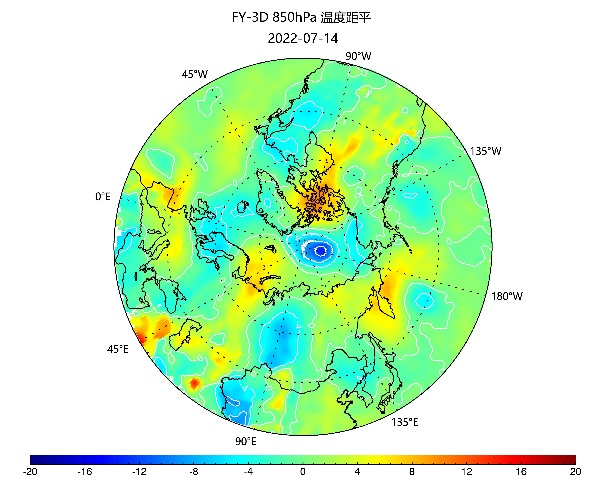
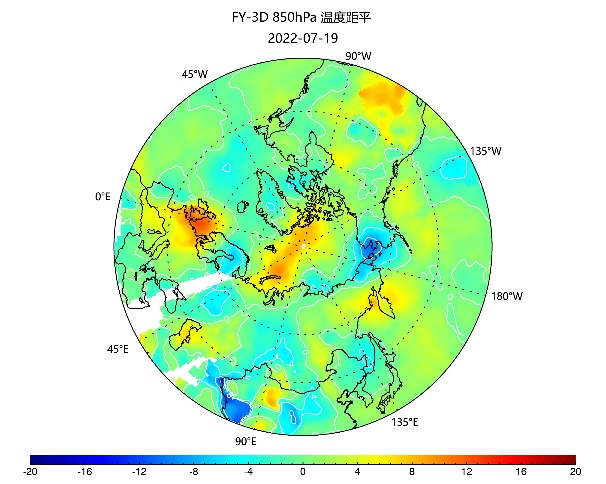
Fig.1 850hpa temperature anomaly by FY-3D
2. Land surface temperature monitoring
July 18, the FY-3D satellite land surface temperature map (Fig. 2) showed high land surface temperatures over much of Western Europe, with Spain, Portugal, France, most of Italy and northwestern Germany seeing high land surface temperatures (above 40℃). Among them, the southeast of the UK has a large range of high land surface temperature (higher than 40℃), and the southeast of London has a land surface temperature higher than 50℃ (Fig. 3).
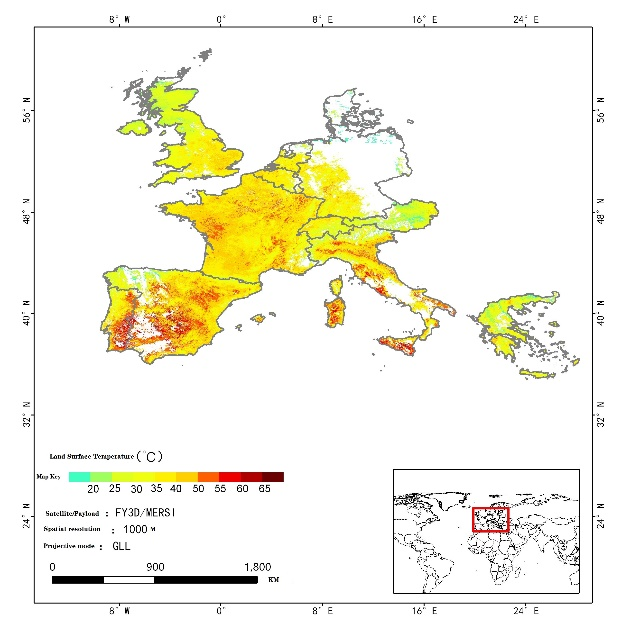
Fig.2 Land surface temperature monitoring in Europe by FY-3D, July 18, 2022.
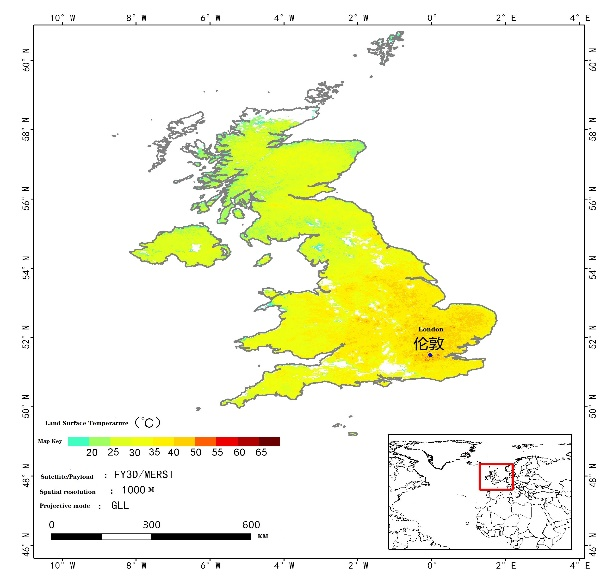
Fig.3 Land surface temperature monitoring in the UK by FY-3D, July 18, 2022.
3. Influence
Several days of extreme heat across Europe have caused widespread forest fires in Spain, Portugal, France and Italy.
FY-3D satellite fire frequency monitoring map showed (Fig. 4): From July 1 to 19, more than 150 cumulative fire points appeared in northern Portugal, central and northeastern Spain, southwest France, Italy, western Germany and southern England appeared large distribution of fire points.
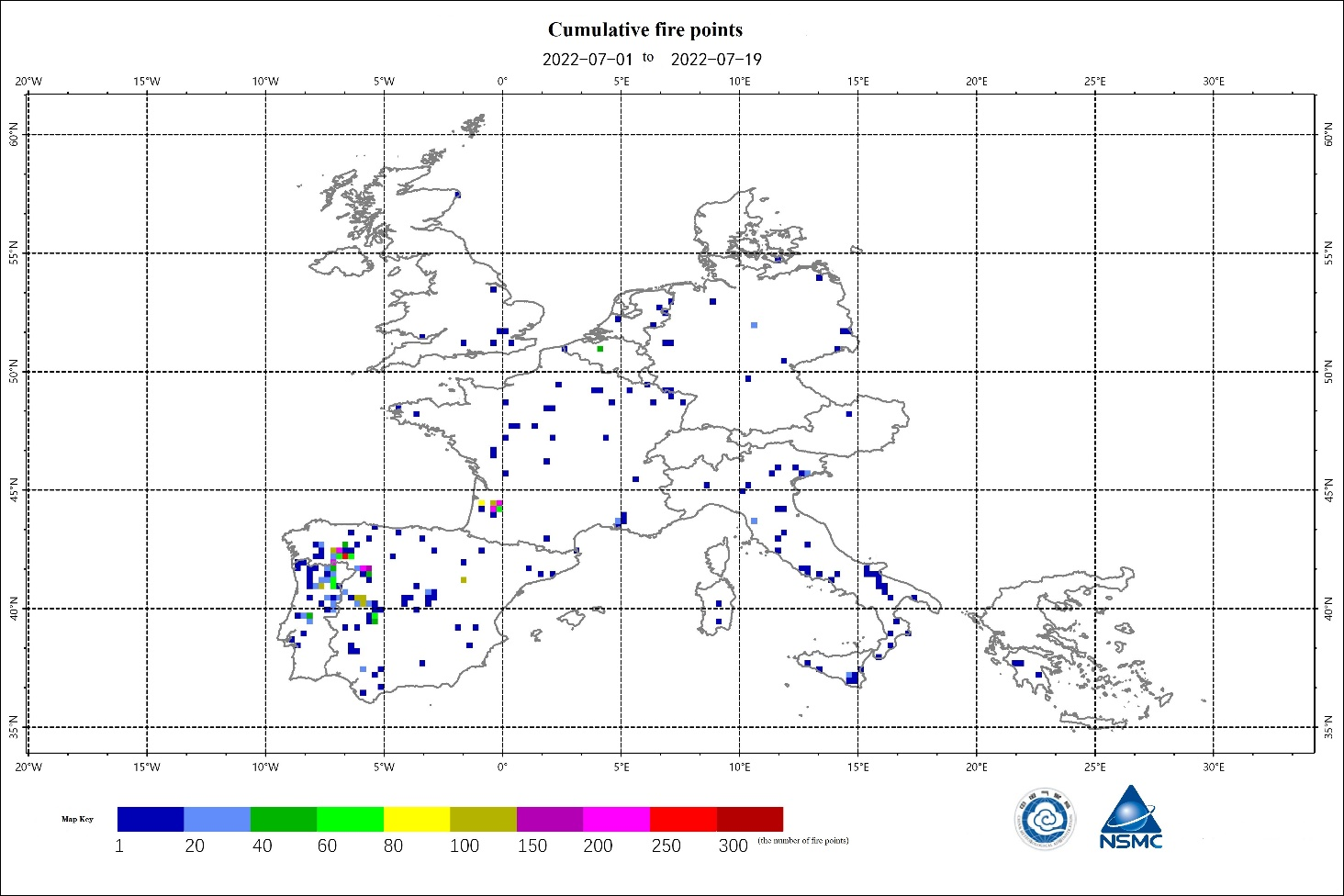
Fig.4 Cumulative fire points in Europe by FY-3D, 20220701-0719
Over the next few days, the range and intensity of high temperatures in Europe will decrease due to the influences of westerlies and the weakening of the Atlantic subtropical high.(Editor: Jie Zhu, Hao Gao)

